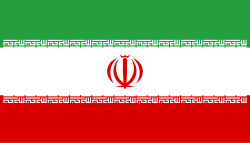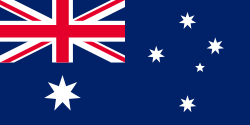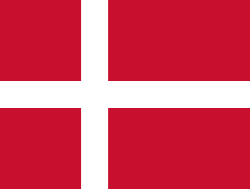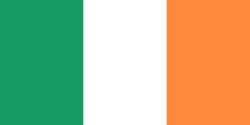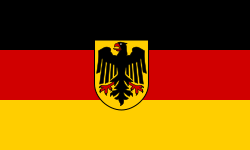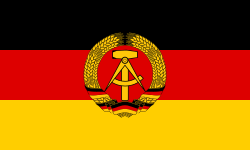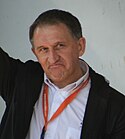Freddy Maertens
| Freddy Maertens | |
|---|---|
 | |
| Narození | 13. února 1952 (72 let) Nieuwpoort |
| Povolání | sportovní cyklista |
| Některá data mohou pocházet z datové položky. | |
| Přehled medailí | ||
|---|---|---|
| Mistrovství světa v silniční cyklistice | ||
| stříbro | MS 1973 | silniční závod |
| zlato | MS 1976 | silniční závod |
| zlato | MS 1981 | silniční závod |
| Vuelta a España | ||
| vítěz | Vuelta 1977 | Vuelta a España |
Freddy Maertens (* 19. února 1952, Nieuwpoort) je bývalý belgický cyklista, specialista na hromadné dojezdy. Získal stříbrnou medaili mezi amatéry na mistrovství světa v silniční cyklistice 1971 v Mendrisiu a stal se profesionálním mistrem světa v roce 1976 v Ostuni a v roce 1981 v Praze. Také vyhrál závody Vuelta a España 1977 a Paříž–Nice 1977. Třikrát získal zelený trikot v Tour de France (1976, 1978, 1981). V roce 1981 byl vyhlášen nejlepším sportovcem Belgie.
Ve své autobiografii otevřeně popsal dopingové praktiky v profesionální cyklistice.[1] Jeho největším rivalem byl krajan Eddy Merckx. Maertens obvinil členy Merckxova týmu, že mu na mistrovství světa v Montrealu 1974 dali do pití projímadlo, aby ho vyřadili ze závodu.[2]
Po skončení kariéry pracuje v muzeu cyklistiky v Oudenaarde.[3]
Reference
- ↑ http://www.podiumcafe.com/2010/8/25/1649602/fall-from-grace-by-freddy-maertens
- ↑ Archivovaná kopie. www.saciol.com [online]. [cit. 2014-02-01]. Dostupné v archivu pořízeném dne 2014-02-03.
- ↑ http://www.sterba-bike.cz/category/belgie
Externí odkazy
 Obrázky, zvuky či videa k tématu Freddy Maertens na Wikimedia Commons
Obrázky, zvuky či videa k tématu Freddy Maertens na Wikimedia Commons - cyclinghalloffame.com Archivováno 3. 2. 2014 na Wayback Machine.
- flandriabikes.com Archivováno 8. 11. 2016 na Wayback Machine.
- bikeraceinfo.com
Média použitá na této stránce
This is the national flag of Belgium, according to the Official Guide to Belgian Protocol. It has a 13:15 aspect ratio, though it is rarely seen in this ratio.
Its colours are defined as Pantone black, Pantone yellow 115, and Pantone red 032; also given as CMYK 0,0,0,100; 0,8.5,79,0; and 0,94,87,0.Flag of Iran. The tricolor flag was introduced in 1906, but after the Islamic Revolution of 1979 the Arabic words 'Allahu akbar' ('God is great'), written in the Kufic script of the Qur'an and repeated 22 times, were added to the red and green strips where they border the white central strip and in the middle is the emblem of Iran (which is a stylized Persian alphabet of the Arabic word Allah ("God")).
The official ISIRI standard (translation at FotW) gives two slightly different methods of construction for the flag: a compass-and-straightedge construction used for File:Flag of Iran (official).svg, and a "simplified" construction sheet with rational numbers used for this file.
Flag of Australia, when congruence with this colour chart is required (i.e. when a "less bright" version is needed).
See Flag of Australia.svg for main file information.Flag of Portugal, created by Columbano Bordalo Pinheiro (1857-1929), officially adopted by Portuguese government in June 30th 1911 (in use since about November 1910).
Zelený pruh má znázorňovat většinové katolické obyvatelsto Irska, oranžový pruh reprezentuje protestantskou menšinu a bílý pruh uprostřed znázorňuje mír a harmonii mezi nimi.
Autor: Iivq - Tijmen Stam, Licence: CC BY-SA 3.0
Differenty colored cycling jerseys as used in different cycling contests green jersey. Used by:
- Points leader in Tour de France
- Points leader in Vuelta a España
- Mountain leader in Giro d'Italia
- Mountain leader in Tour de Pologne
- Líder Premio Sprinter Vuelta Ciclista del Uruguay
Bundesdienstflagge (Flag of the federal authorities of Germany). Under German law, federal states, municipalities, institutions or private persons are not allowed to use this flag.
Autor: Thomas Ducroquet, Licence: CC BY-SA 4.0
Freddy Maertens, durant l'Eneco Tour 2008








